
Goda masala is a spice blend that shows up in Maharashtrian cooking again and again, especially in everyday dishes like dal, usal, and simple spiced rice. It’s known for its gentle warmth and slight sweetness, not for heat. The spices are usually dry-roasted slowly until aromatic, then ground. That slow roasting is what gives goda masala its deep, almost smoky sweetness instead of sharp chili heat.
It’s often described as a “sweet masala,” but that doesn’t mean it tastes sugary. In Marathi, the word “goda” refers more to mild, rounded flavor. Many families make their own version at home, using a mix of whole spices like coriander seeds, cumin, sesame, dried coconut, cinnamon, bay leaf, black cardamom, and dagad phool (black stone flower). The exact mix changes from home to home.
People use goda masala to finish a dish, not just to start it. A spoonful stirred in at the end can turn plain rice into a full meal and make everyday lentils taste richer and more fragrant.
What Is Goda Masala?
Goda masala is a traditional Maharashtrian spice mix with a nutty, slightly sweet, mellow profile. It’s one of the core masalas in the region, similar to how garam masala is used in North Indian cooking. Some households make it in small batches before festivals or special meals, and others keep a jar of it in the kitchen for daily cooking.
It’s more about balance than heat: toasted coconut and sesame bring body, coriander and cumin bring earthiness, and spices like cinnamon and black cardamom add warmth.
Quick Facts: Goda Masala
- Origin: Maharashtra, India
- Flavor: Warm, nutty, slightly sweet, low heat
- Main spices: Coriander, cumin, sesame, dried coconut, cinnamon, bay leaf, black cardamom, dagad phool
- Used in: Dal, usal (sprouted beans), masale bhaat (spiced rice), stuffed eggplant
- “Goda” means: Mild / sweet in Marathi (not sugary)
- How it's made: Whole spices dry-roasted slowly, then ground
- Similar to: Kala masala (a darker, more intense Maharashtrian masala)
Key Ingredients and Their Roles
Each element in goda masala adds depth, balance, and character to the blend.
-
Coriander seeds: Provide body and act as the main base.
-
Cumin seeds: Add warmth and support other spices.
-
Dried coconut: Adds natural richness and binds the mix together.
-
Sesame seeds: Bring nutty smoothness and help balance strong spices.
-
Cinnamon and cloves: Offer a soft, aromatic core.
-
Bay leaves and black cardamom: Add freshness and harmony.
-
Dagad phool (stone flower): Gives the blend its signature earthy aroma.
-
Dry red chilies: Add mild heat and color.
Together, they create a well-rounded base used across many Maharashtrian dishes, from dal to festive rice.
The Roasting and Grinding Process
The making of goda masala begins with slow roasting, each spice treated with care. Coconut, sesame, coriander, and cumin are toasted gently on low heat until aromatic. Whole spices like cinnamon, cloves, and bay leaves join later, releasing their natural oils gradually.
Once cooled, everything is ground into a fine, dark powder, rich in aroma and deeply layered in character. This slow process gives goda masala its distinct identity, built not on heat, but on patience and balance.
Flavor Profile
Goda masala carries a calm warmth that feels balanced and comforting. Its roasted coconut and sesame notes create a mellow sweetness, while spices like cinnamon and cloves add gentle depth.
The flavor is gentle not sharp; smoky, nutty, and soothing, with a quiet sweetness that stays in every dish.
Culinary Uses Across India and Beyond
In Maharashtra:
Goda masala is used in everyday dishes like dal amti, pithla-bhaat, bharli vangi (stuffed eggplant), and masale bhaat, where it brings warmth and depth to rice and lentils.
In Coastal Konkan:
It’s blended with coconut milk or tamarind to make lighter, tangy curries that pair beautifully with steamed rice.
In Western India:
Some Gujarati and Goan households adapt goda masala for dry sabzis, appreciating its mellow sweetness.
Beyond India:
Modern chefs use it to season roasted vegetables, soups, and dal dishes, adding a gentle smoky depth without overpowering.

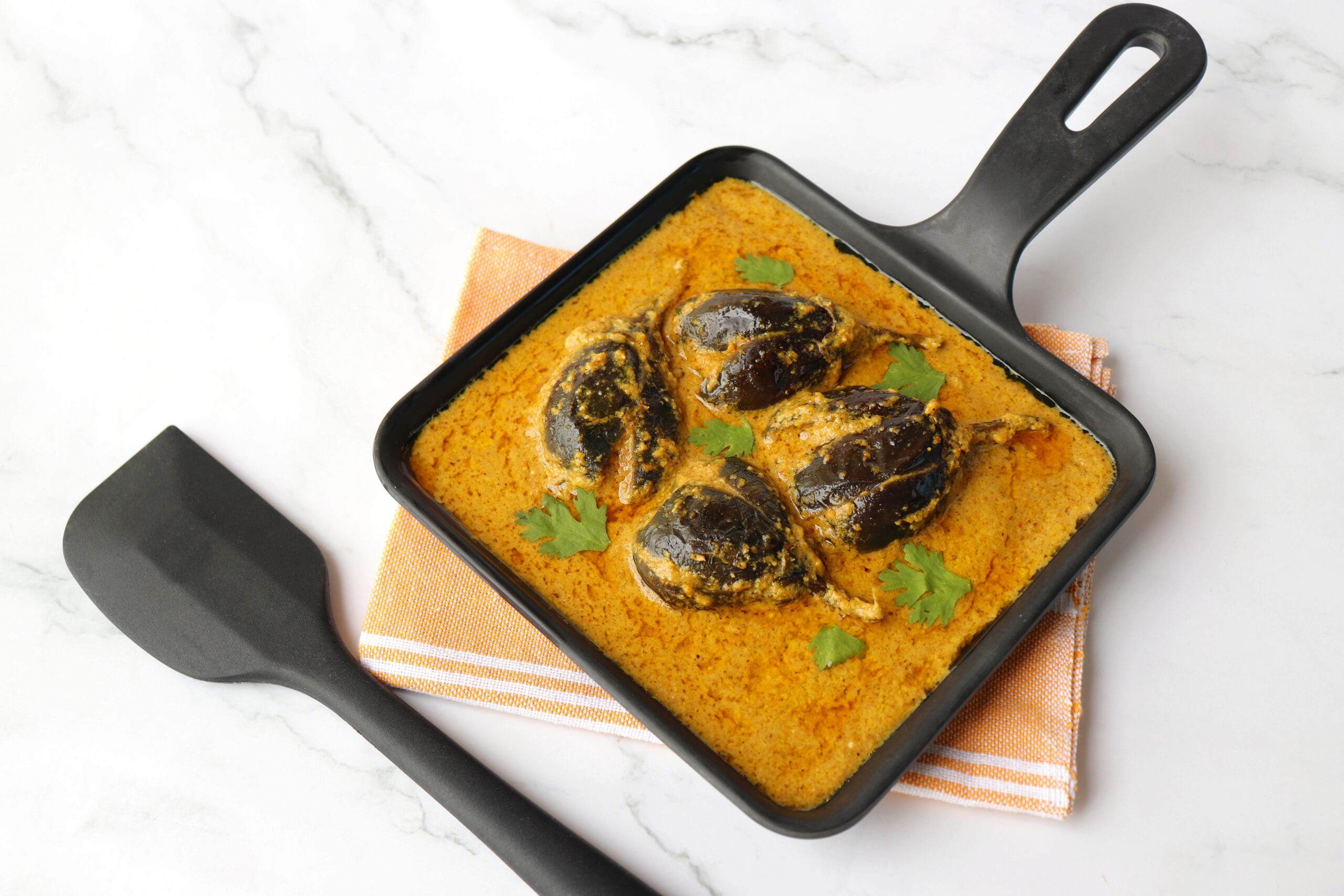
Creative Ways to Use Goda Masala
-
Masale bhaat: Stir into rice and vegetables for a fragrant, festive flavor.
-
Bharli vangi: Mix into the stuffing for warmth and aroma.
-
Amti (spiced dal): Add a spoonful toward the end of cooking for depth.
-
Pithla or zunka: Blend with gram flour for a rustic, earthy meal.
-
Coconut curries: Add it to mild gravies for a soft, balanced sweetness.
-
Roasted vegetables: Toss lightly with ghee and goda masala for a nutty finish.
Each spoonful transforms everyday dishes into soulful comfort, capturing the slow warmth of Maharashtrian kitchens.
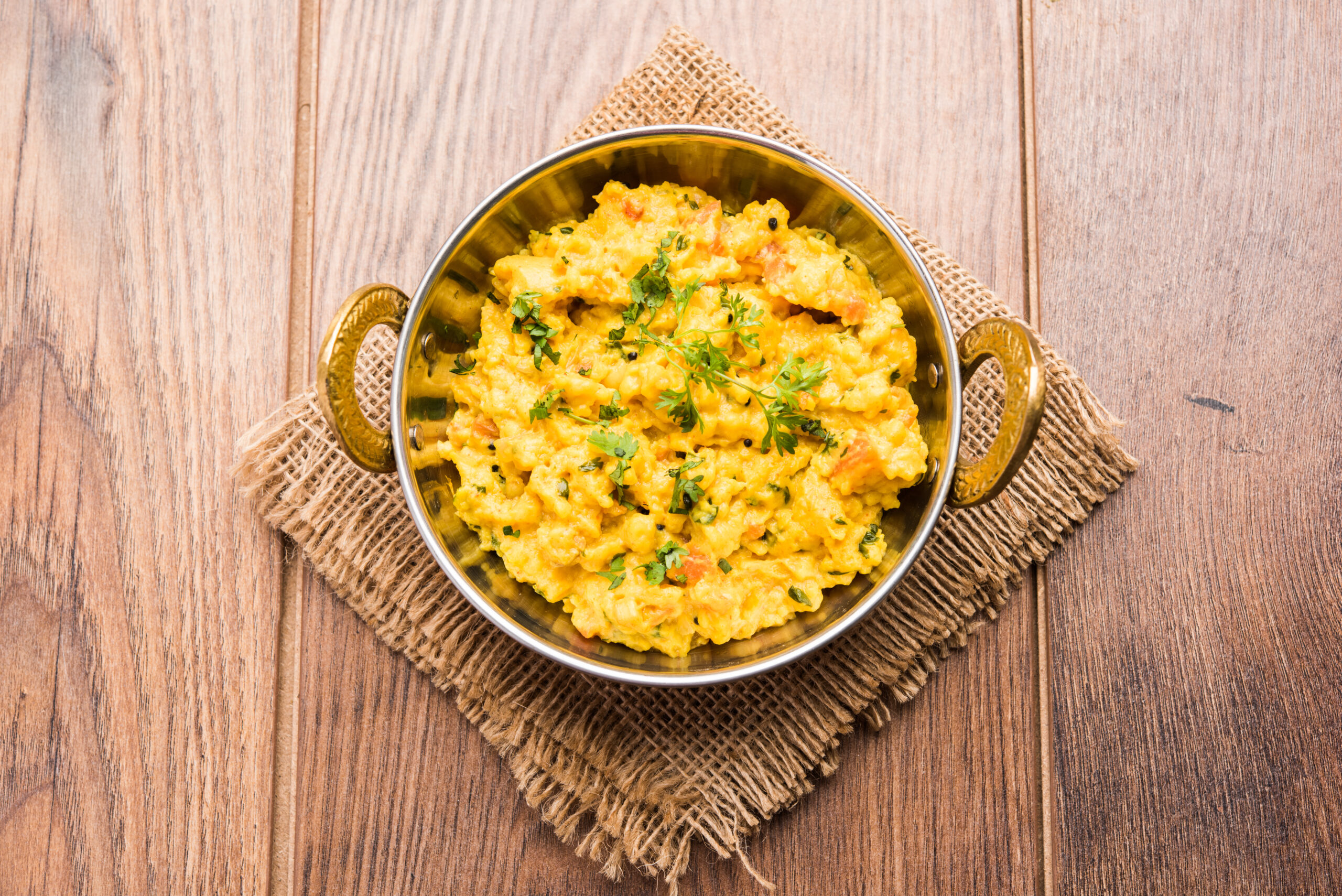
Flavor Pairings
-
Peanuts: Add crunch and nutty richness.
-
Tamarind: Balances the warmth with gentle tang.
-
Jaggery: Deepens color and softens spice edges.
-
Ghee: Brings out the aroma and adds smoothness.
-
Dal: Complement its mild sweetness beautifully.
-
Brinjal and okra: Absorb the masala’s depth perfectly.
-
Rice: Turns simple grains into comforting meals.
Together, these pairings build the essence of goda masala; grounded, balanced, and quietly fragrant.
Quick Tips to Get the Best Out of Goda Masala
-
Add near the end: Stir it in just before turning off the heat to preserve aroma.
-
Toast briefly in ghee or oil: Enhances its roasted depth and natural sweetness.
-
Use sparingly: A little goes a long way, its richness builds quietly.
-
Keep it dry: Even slight moisture dulls its fragrance.
-
Avoid high heat: Overcooking can make it bitter.
Handled with care, goda masala turns everyday food into slow, fragrant comfort.
Substitutes
If goda masala isn’t available, a few close alternatives can capture some of its depth and warmth.
-
Kala masala: A darker, spicier Maharashtrian blend that adds similar aroma with a stronger kick.
-
Homemade version: Roast coriander, cumin, sesame, and coconut lightly for a quick approximation.
-
Garam masala (in moderation): Works for gravies but lacks the nutty sweetness of goda masala.
-
Konkani-style masala: A coconut-forward mix used in coastal curries for a mild, rounded flavor.
How to Store It Right
-
Use airtight glass jars: Preserve aroma and protect the natural oils from moisture.
-
Keep in a cool, dark place: Light and heat can dull the blend’s freshness.
-
Avoid plastic containers: Glass or steel maintains purity and flavor best.
-
Prepare in small batches: Ensures you enjoy it at its aromatic peak.
-
Refrigerate in humid weather: Prevents clumping and rancidity.
-
Shelf life: Typically stays fresh for 2–3 months when stored carefully.
Cared for this way, goda masala remains vibrant, always ready to bring warmth to the next meal.
Nutritional Value (Per Tablespoon – Approx. 10g)
-
Calories: 42 kcal
-
Protein: 1.6 g
-
Fat: 2.3 g
-
Carbohydrates: 4.7 g
-
Fiber: 1.1 g
-
Iron: 4% of daily value
-
Magnesium: 3% of daily value
-
Sodium: 0 mg (before added salt)
Health Benefits
May support digestion
Because of spices like cumin and coriander that can help stimulate digestive enzymes and reduce bloating (Source).
Can help reduce inflammation
Thanks to cloves and cinnamon, which contain natural anti-inflammatory compounds (Source).
May boost immunity
Due to ingredients such as cloves and black pepper that have antibacterial and antioxidant properties (Source).
May help manage blood sugar
Cinnamon and fenugreek seeds (in some regional mixes) are known to support stable blood sugar levels (Source).
Balanced in spice and sweetness, goda masala offers nourishment that feels as grounding as it tastes.
Potential Health Risks
While goda masala is generally safe and gentle, moderation helps maintain its balance of benefits.
May cause acidity in excess amounts
Overuse can irritate the stomach, especially if the blend includes pepper or cloves (Sources 1, 2).
Can raise heat in the body
Its warming spices, when consumed too often, may lead to body heat (Source).
May trigger allergies in some people
Those sensitive to ingredients like sesame or coriander should use it carefully (Sources 1, 2).
Can increase sodium levels
Packaged masalas may include excess salt or preservatives, so it’s wise to read labels carefully and pick natural or home-prepared options instead (Source).
Goda masala represents the everyday comfort of Maharashtrian cooking. Its flavor is gentle and balanced, more about warmth than spice. The slow roasting of coconut, sesame, and whole spices gives it a mild sweetness that defines many home-style dishes across the region.
It’s not just for special occasions — families use it to season daily meals like dal, rice, and vegetable curries. Every household keeps its own version, slightly different in mix and depth, but always made with care. Goda masala captures what home cooking in Maharashtra is about: patience, balance, and quiet flavor.
FAQs
What is goda masala used for?
It’s a traditional Maharashtrian spice blend added to curries, dals, and rice dishes like masale bhaat and bharli vangi.
Is goda masala the same as kala masala?
No. Kala masala is a darker, spicier version of goda masala made with more chilies and roasted longer.
Can I make goda masala at home?
Yes. Roast coriander, cumin, sesame, coconut, and spices like cloves and cinnamon, then grind to a fine powder.
Does goda masala contain coconut?
Most traditional recipes do, it adds mild sweetness and aroma though some versions skip it for longer shelf life.
How long does goda masala stay fresh?
It stays aromatic for about 2–3 months in an airtight jar kept away from heat and moisture.
Can I use goda masala in non-Indian dishes?
Yes, lightly. A pinch in soups, roasted vegetables, or lentil stews can add a gentle, nutty warmth.
Learn More About Goda Masala
Signature Concoctions — Sheet Pan Oven-Roasted Maharashtrian Kala/Goda Masala
A Mad Tea Party — Goda Masala


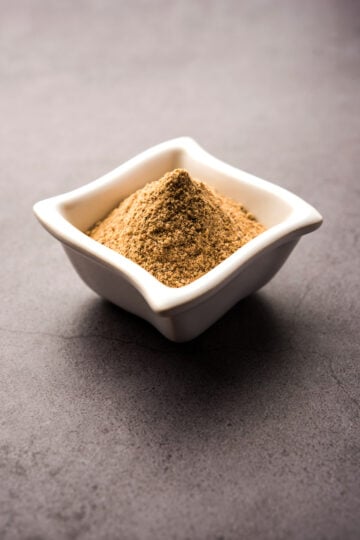
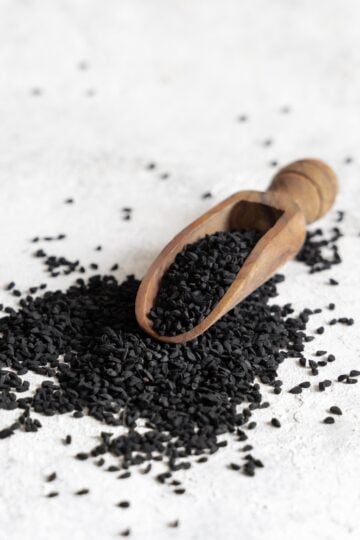
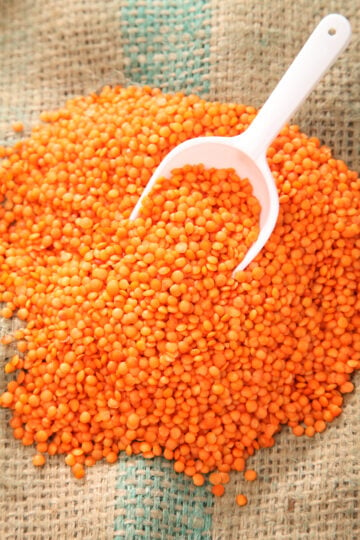

Have a question or something to share? Leave a comment below!